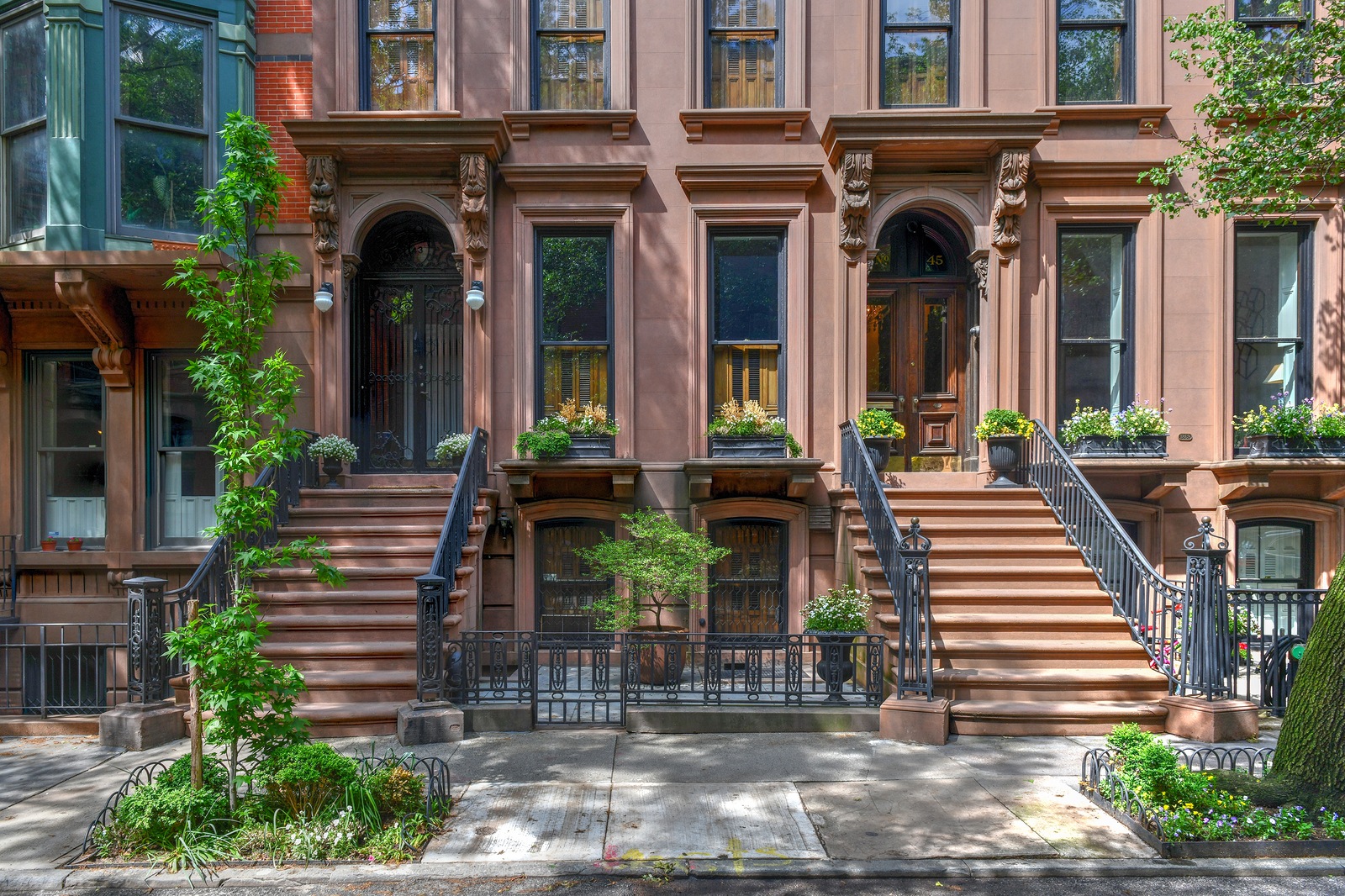Do you love the energetic pace of living in a city but find home prices out of reach? You might explore some of the gentrifying or up-and-coming neighborhoods in your metro area. Despite the bad rap that the word gets, we've taken a look at what the term really means and how it can be effective for cities and aspiring homeowners.
What Is Gentrification?
Gentrification is one of the by-products of urban sprawl. You can think of it as an expansion to a city's boundaries. Sometimes, it happens when developers buy industrial properties like warehouses, homes, and abandoned buildings, no longer in use, and gives them a makeover. There may also be empty lots for sale, which is typically not the case within a downtown core.According to a Governing Magazine report, "gentrification particularly accelerated, though, in recent years as growing numbers of Americans opted to pursue urban lifestyles."
Most Gentrified Cities in the U.S.
To figure out whether a specific zip code is gentrified, RentCafe conducted a study of the current real estate market. The study took into consideration changes (upward trends) over time based on three data points:
- Median home value
- Household income
- Education (bachelor’s degree and above)
Of their top 20 most gentrified zip codes, 5 were located on the East Coast:
- Brooklyn, New York (11211, 11222,11216, 11237, and 11221)
- Manhattan, New York (10039 and 10026)
- Philadelphia, Pennsylvania (19123 and 19146)
- Washington, DC (20001, 20021 and 20010)
- Baltimore, Maryland (21224)
The top spot for most gentrified area went to Gallery Row-Fashion District in downtown Los Angeles. This area is undergoing a huge revitalization of mixed-use developments. This includes renovations to historical properties, an influx of hotels, and a huge transformation to the banks of the Los Angeles River.In other words, an area that was once avoided is fast-becoming a magnate for all kinds of new tenants and with it, a home value change of 707 percent.
What to Expect When You Move to a Gentrified Neighborhood
Gentrified neighborhoods, as you might imagine are in transition. Often, you’ll find 'work-in-progress" signs and construction projects underway. What else can you expect when you move to a gentrified neighborhood?
Investment Property
If you want to buy with an eye to the future, a gentrifying neighborhood, one that's on an upswing, could be a smart investment. Investopedia reports that buying property in a gentrifying part of town can "result in a big windfall if the neighborhood does turn around and the property values increase." This is also true if you can afford to buy an income property – one you'll be renting out.
Crime
One study by MIT reports that "gentrification reduces crime rates and increases public safety in city neighborhoods." Their analysis looked at the results of the rent de-control in Cambridge Massachusetts (circa 1995). They assert that modernizing run-down buildings may attract businesses like yoga studios and coffee shops while displacing some criminal activity. It's still a bit ambiguous whether what they call "urban renaissance" actually improves public safety. But, if this worries you, there are resources to help you assess whether your neighborhood is safe.
Parking
If you're a newcomer to city-living and you own a car (or two), you'll need to factor in the cost of a parking space. Due in part to scarcity, expect to pay a premium in urban cores. Studies show that in Philadelphia, houses with garages typically sell for an average price that is 10.3% higher than houses without garages. One of the perks of buying in a gentrified neighborhood is lower purchase prices. As a result, you maybe able to get that allocated parking spot you always wanted but could not otherwise afford.
Public Transport
The buzz word "transit-induced gentrification" means that properties closer to transit hubs are more favorable to developers. Young professionals do care about access to subways, light rail, bus rapid transit, pedestrian and bicycle paths. If you can live a little further out from work, avoid traffic and take public transit, this may be a huge perk of living in a gentrified area. Though, you'll need to invest in street-wise shoes.
Fun, Hip and Exciting
Practicality aside, it can be really fun to live in a neighborhood with start-up energy. And for current residents that have watched the revolution of their neighborhoods, the added revitalization can be viewed as a sigh of relief for homeowners that want to boost the value of their home, yet still enjoy their beloved stomping grounds. A recent study by Harvard used Yelp, Census, Federal Housing Finance Agency, and Streetscore data and found that "gentrifying neighborhoods tend to have growing numbers of local groceries, cafes, restaurants, and bars." Does this sound like the lifestyle for you?
